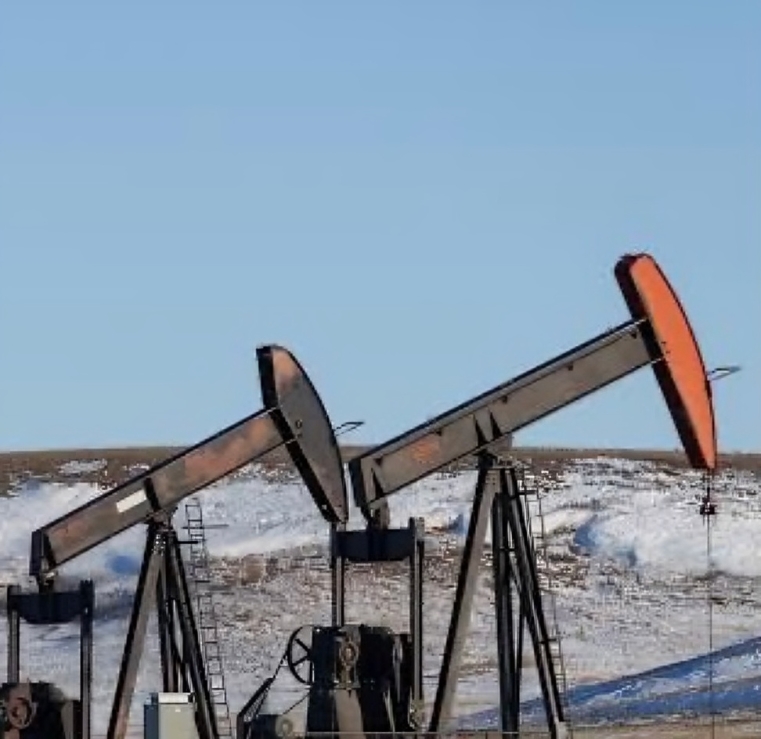KEY POINTS
- Oil prices see steepest drop since 2022, falling more than 6%.
- OPEC+ boosts output plans amid tariffs and economic concerns.
- U.S. crude inventories rise unexpectedly, adding to market pressures.
Oil prices suffer steepest decline since 2022
Oil prices plunged more than 6% on Thursday, marking the steepest fall since 2022. The drop came after OPEC+ announced a surprise increase in oil production and U.S. President Donald Trump introduced new tariffs that spooked the market. Brent futures settled at $70.14 a barrel, down $4.81, or 6.42%, while U.S. West Texas Intermediate (WTI) crude futures finished at $66.95, down $4.76, or 6.64%. The price declines were the biggest since August 1, 2022, for Brent and since July 11, 2022, for WTI.
The price drop came as a result of two main factors: OPEC+’s decision to increase oil output and the announcement of a 10% minimum tariff on most imports to the U.S. Trump’s tariffs raised concerns that escalating trade tensions could curtail global economic growth and reduce oil demand, adding to the downward pressure on oil prices.
OPEC+ increases oil output, exacerbating market fears
At a ministers’ meeting on Thursday, OPEC+ made the unexpected decision to ramp up its oil output, aiming to increase production by 411,000 barrels per day (bpd) starting in May, up from an initial plan of 135,000 bpd. This boost in supply weighed heavily on oil prices as markets worried that an oversupply could lead to price volatility.
Angie Gildea, KPMG’s U.S. energy leader, pointed out that the global economy and oil demand are closely linked, and the combination of increased oil output and a weaker economic outlook was placing additional downward pressure on prices. As investors digested the effects of both the tariffs and the production boost, fears of economic slowdowns and diminished fuel demand intensified, further depressing oil prices.
Tariff hikes and rising crude inventories add to market uncertainty
According to Reuters, oil prices were already trading lower by about 4% before the OPEC+ meeting due to concerns over U.S. President Trump’s tariffs on imported goods. The tariffs, which specifically targeted products from various countries, added to fears of a global trade war that could further curtail economic growth. While oil, gas, and refined product imports were exempt from the new tariffs, the market was still anxious about the broader economic implications.
In addition to the tariff announcement, the U.S. Energy Information Administration (EIA) revealed that U.S. crude inventories unexpectedly rose by 6.2 million barrels last week, defying analysts’ forecasts of a 2.1-million-barrel decline.
PVM analyst Tamas Varga warned that the rise in tariffs could ultimately stifle economic growth, noting that “recession and stagflation have become terrifying possibilities” due to the broader economic impact.



